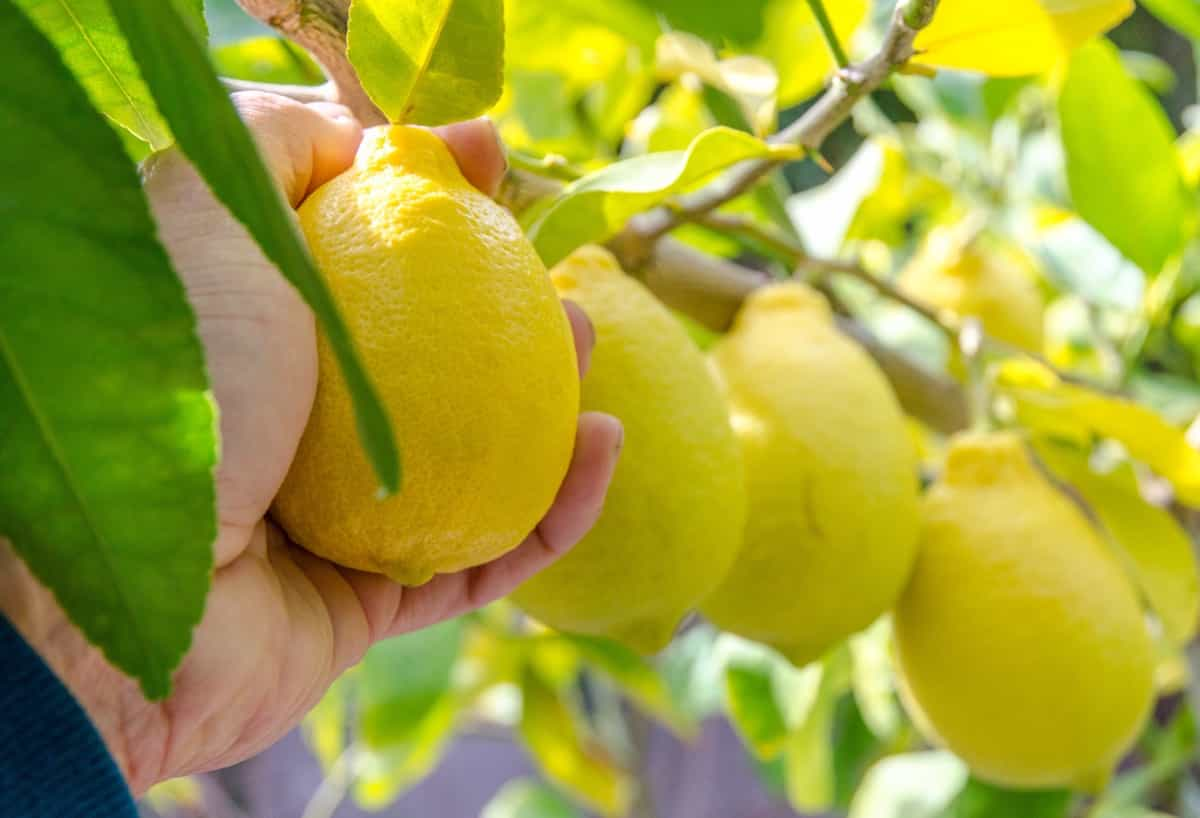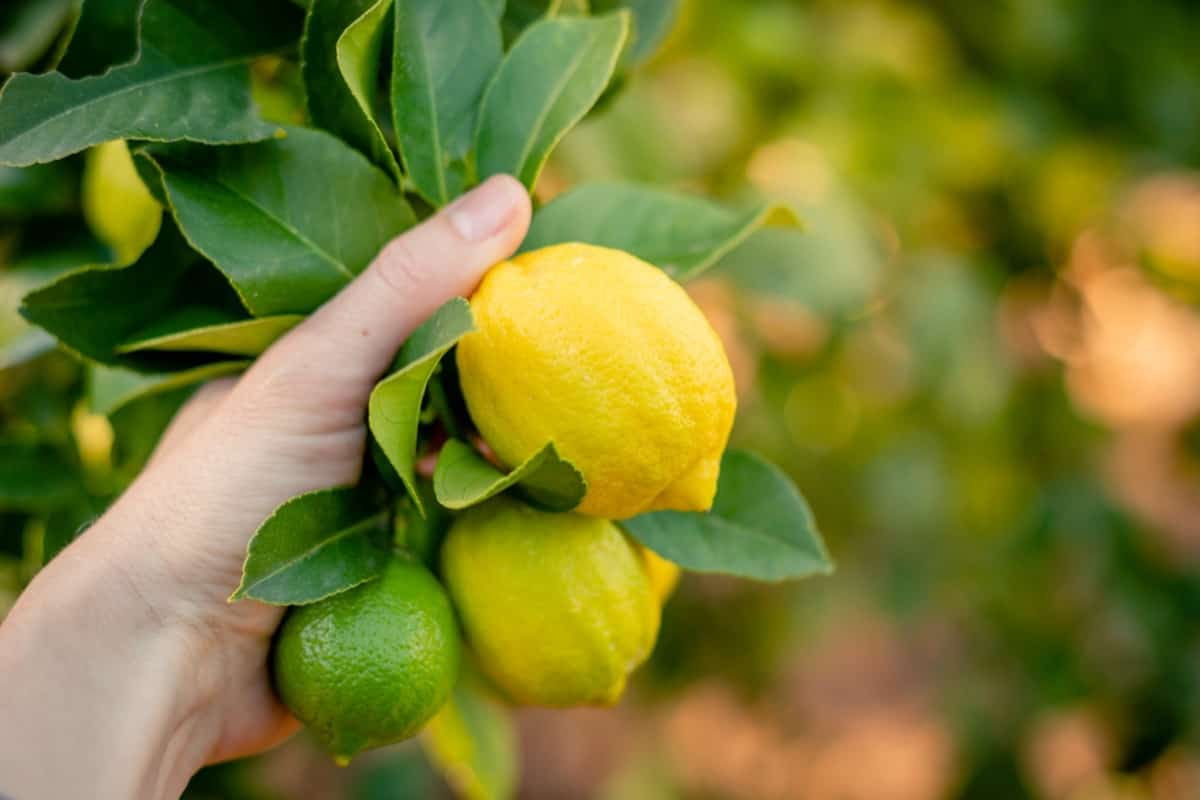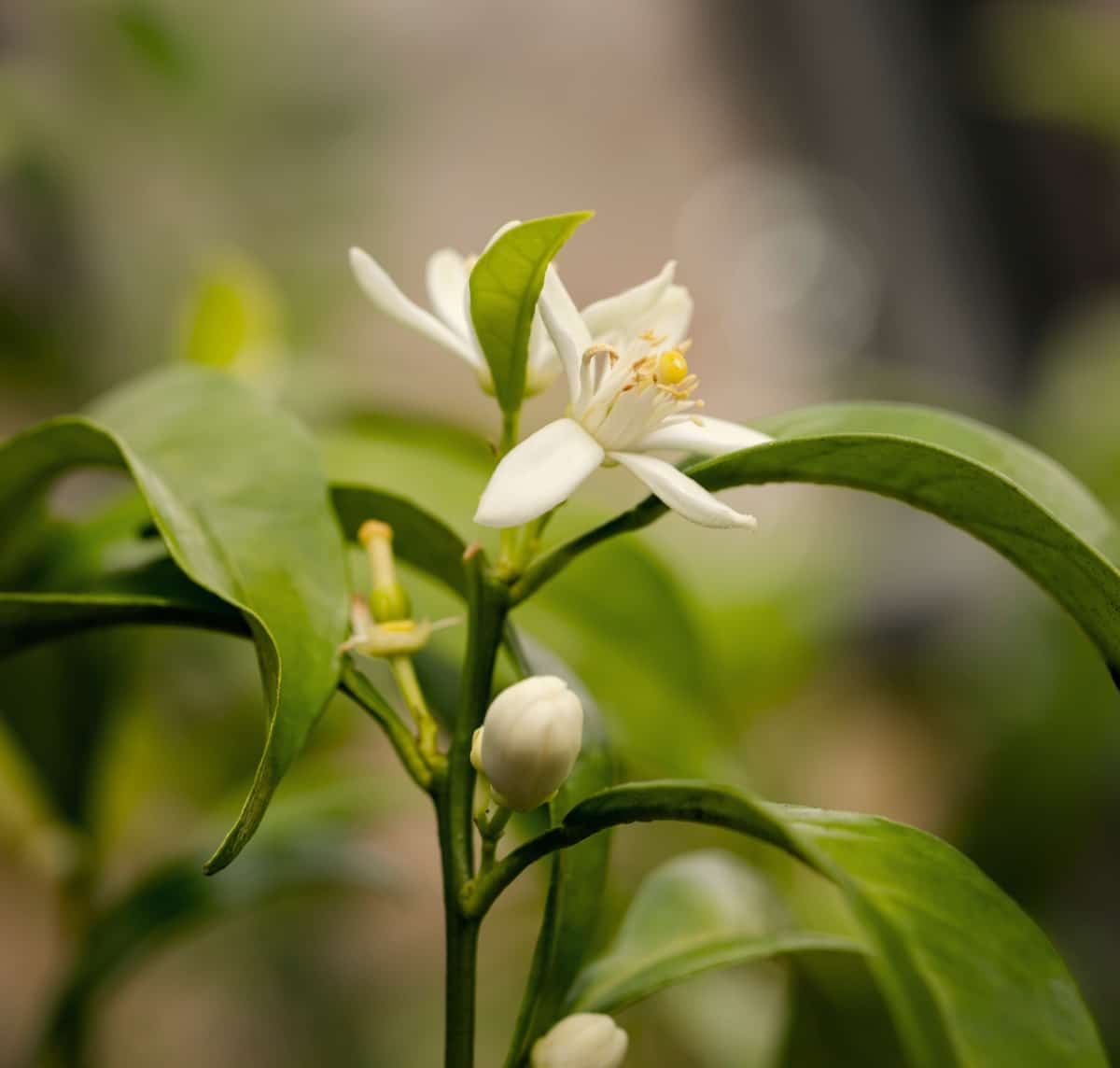Cultivating lemon trees, whether for commercial purposes or as a part of your home garden, comes with unique challenges and rewards. The pollination process is an essential aspect of getting your lemon tree to bear fruit. A natural query often arising is: How to tell if a lemon flower is pollinated? Or, can one successfully pollinate a lemon tree indoors?

There are further considerations, such as whether lemon trees are self-pollinating and whether bees are a necessary component for lemon trees to pollinate. This article aims to explore these topics in-depth, providing tips and insights into pollinated lemon flower characteristics and processes involved.
How to Pollinate Lemon Tree Flowers
Best Time to Pollinate Lemon Flowers
Lemon trees bloom primarily in spring, although some varieties can flower yearly. The best time to facilitate pollination is during the blooming period when the blossom is fully open, and its stamen is laden with pollen. For indoor lemon trees, their controlled environment allows them to bloom and produce fruit throughout the year. Regardless, it is crucial to ensure the tree’s health is optimal before attempting pollination.
Natural Methods for Lemon Flower Pollination
Like many fruit-bearing plants, Lemon trees rely heavily on nature’s forces for their reproduction process. The primary natural pollinators are bees and butterflies. However, do lemon trees need bees to pollinate? While bees are the most efficient pollinators, wind can also play a substantial role in distributing pollen in an outdoor environment. Indoor lemon trees are not completely reliant on bees for pollination as other means can be used to supplement.
Hand Pollination Techniques for Lemon Trees
Given the inherent unpredictability of natural pollinators and environmental conditions, many gardeners opt for hand pollination techniques. To pollinate lemon trees indoors, use a small, soft brush or cotton swab to collect pollen from the anthers of a flower and then gently brush it onto the stigma of the same or another flower. Remember, the objective is to mimic the process a bee undertakes. Be sure to repeat this process on all flowers for the best chance of fruit production.
In case you missed it: Natural and Organic Ways to Treat Lemon Tree Leaf Curl: Fix With Effective Home Remedies

Pollinating Lemon Blossoms for Higher Fruit Yield
The process of pollination directly influences the yield of the lemon tree. Hand pollination, as discussed, can significantly boost fruit yield as it ensures a higher pollination rate than relying solely on natural pollinators. The key to pollinating lemon blossoms for a higher yield is consistency and careful attention to each flower on your lemon tree.
Importance of Pollinating Lemon Flowers
Pollination is vital for the life cycle of a lemon tree. It is the process that leads to the formation of fruits. Without effective pollination, your lemon tree might bloom beautifully but not yield any fruit. Regardless of whether lemon trees are self-pollinating or not, pollination is a critical process that determines the health and productivity of your lemon tree.
How to Attract Pollinators to Lemon Trees
Attracting natural pollinators can prove beneficial, even if you’re undertaking hand pollination. To attract bees and butterflies, plant nectar-rich flowers around your lemon trees, use natural pesticides to maintain a friendly environment, and provide a water source for these pollinators. These steps will increase the likelihood of natural pollinators visiting your lemon trees and aiding in pollination.
Cross-pollination in Lemon Trees
There’s a common misconception that lemon trees, being self-fertile, do not require cross-pollination. However, cross-pollination between different lemon tree varieties can result in stronger plants and increased fruit yield. The pollen from one variety can fertilize the ovules of another, bringing together the best traits of both varieties, leading to more vigorous growth and better fruit production.
Common Mistakes to Avoid When Pollinating Lemon Flowers
In the excitement of seeing your lemon tree blossom, it’s easy to make mistakes in the pollination process. Some common errors include pollinating at the wrong time, applying excessive force during hand pollination, which can harm the flower, or relying entirely on natural pollinators without monitoring the health of your lemon tree. Each of these can deter the successful production of fruit.
Pollination Requirements for Lemon Trees
While it’s established that lemon trees are capable of self-pollination, cross-pollination increases the chance of successful fruiting. Therefore, if you’re growing lemon trees indoors or in an area with limited natural pollinators, it becomes necessary to undertake hand pollination. An important factor is also the tree’s health, ensuring it has adequate sunlight, water, and nutrient-rich soil to thrive and produce fruit.
In case you missed it: 9 Causes of Dying Sweet Lemon Trees and How to Fix Them

Increasing Fruit Set in Lemon Trees Through Proper Pollination
For higher fruit yield, the act of pollination is important, as is the process followed. Regular monitoring, gentle hand pollination techniques, and maintaining the tree’s overall health are crucial. Additionally, ensure that after the pollination process, the tree is well cared for and is not exposed to harsh environmental conditions that might affect the young developing fruits. Achieving a high fruit set in lemon trees involves carefully balancing these factors, showcasing nature’s delicate and beautiful interplay and human intervention in the cultivation process.
Care for Pollinated Lemon Flowers
Once your lemon flowers are pollinated, it doesn’t mean your job is done. The post-pollination care is just as important to ensure fertilized flowers mature into fruits. Watering regularly is crucial, but avoid excessive watering to prevent root rot. Lemon trees prefer moist but well-draining soil.
In addition to water, your lemon trees will need a good amount of sunlight, ideally 6 to 8 hours a day. Regular feeding with a citrus fertilizer can also help provide the necessary nutrients for fruit development. Be on the lookout for pests and diseases, and address any issues promptly to prevent them from affecting the health of your tree and the maturing fruits.
Harvesting and Enjoying Your Lemons
After all the diligent work of pollination and care, the final step is harvesting and enjoying your lemons. It may take several months for your lemons to fully ripen after pollinating. Patience is key in this phase. Lemons are typically ready for harvest when they develop full yellow color and slightly soft to the touch.
In case you missed it: How to Grow Lemon Grass in a Greenhouse: A Step-by-Step Guide for Seed to Harvest

To harvest, cut the lemons off the tree with a sharp pair of garden shears, being careful not to damage the tree or the fruit. Once harvested, you can enjoy your homegrown lemons in many ways, from adding a zesty flavor to your meals to creating refreshing lemonade and using them as natural cleaning agents. This is the satisfying end to the lengthy but rewarding process of pollinating and caring for your lemon trees.
Conclusion
Pollinating lemon flowers, whether through natural methods or by hand, plays a vital role in your lemon trees’ health, vitality, and fruit yield. Understanding the best time to pollinate, the importance of attracting natural pollinators, and the potential benefits of cross-pollination are crucial elements in successful lemon tree cultivation.
Similarly, avoiding common mistakes, meeting the specific pollination requirements, and focusing on increasing fruit set through proper pollination can dramatically enhance your yield. The journey from a pollinated lemon flower to a juicy, ripe lemon involves knowledge, observation, patience, and nurturing. While each lemon tree may have unique challenges, the reward of witnessing a flourishing tree heavy with fruit is incomparable and worth every effort.
- Feed Your Flock for Less: Top 10 Tips to Save on Chicken Feed
- Ultimate Guide to Ossabaw Island Hog: Breeding, Raising, Diet, and Care
- Hatching Answers: The Top 10 Reasons Your Chickens Aren’t Laying Eggs
- Eggs and Economics: Breaking Down the Cost of Raising Backyard Chickens
- Defend Your Greens: Proven Methods to Keep Iguanas Out of Your Garden
- Ultimate Guide to Cinnamon Queen Chicken: A Comprehensive Guide for Beginners
- Ultimate Guide to California Tan Chicken: Breeding, Raising, Diet, Egg-Production and Care
- Ultimate Guide to Marsh Daisy Chicken: Breeding, Raising, Diet, and Care
- 10 Types of Chicken Farming Businesses You Can Start for Profits